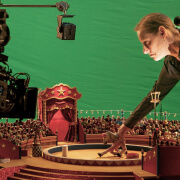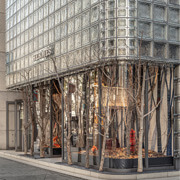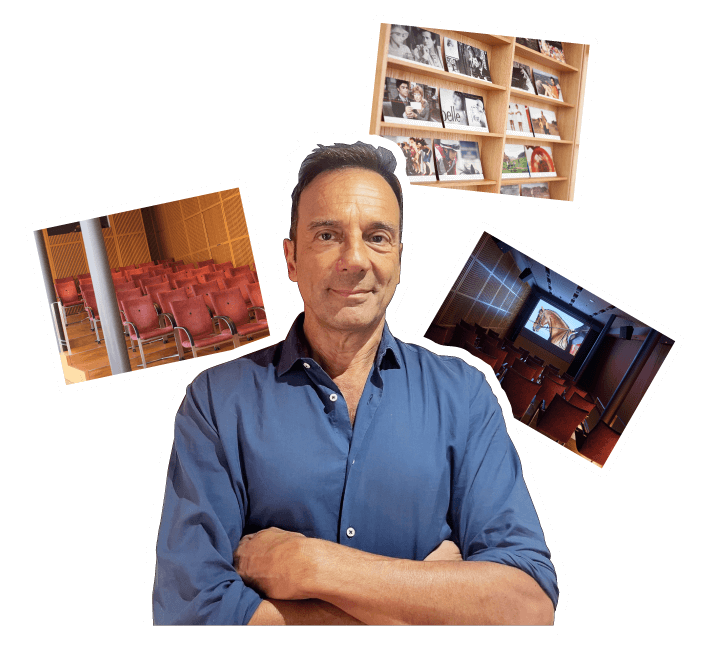
MONTHLY EVENT
A special day dedicated
to film and Paris
Monday, 14 October 2024
Le Studio is a small, privately run cinema located on the 10th floor of Ginza Maison Hermès. It was born out of the desire of Jean-Louis Dumas, the 5th chairperson of Hermès, to install a small cinema in the building, akin to Paris’s revival houses. The cinema was unveiled in 2001 at the opening of Ginza Maison Hermès. Its weekend screenings have since introduced over 150 films to the public. Each month’s program is structured in accordance with Hermès’s annual theme.
This month in particular is full of screenings connected in some way to Paris. The cinema is dedicating 14 October to Lanterne Hermès and will celebrate the initiative with two films set in Paris and a discussion with Alexandre Tsékénis, program director at Le Studio. Tsékénis, a film enthusiast, will talk about the ways in which Paris is depicted in film; but in the meantime, enjoy this interview in which he talks about the relationships between film and Hermès.

The selection process at Le Studio
The movies we screen all have some relation to Hermès’s annual theme, but otherwise there aren’t any specific criteria—I pick freely from a vast selection of fiction, documentary, art, and experimental films. However, I do take the time to consider whether the film should simply reflect the theme or analyse the theme from an aesthetical, philosophical, or cinematic perspective. To maintain a sense of universality in the program, you need to select movies from different countries and different eras and with different styles. This involves watching many movies to both trigger memories of movies you’ve watched in the past and experience the joy of discovering something new. My job, which fills me with constant excitement, is to help those who visit Le Studio discover cinematic gems they have never seen before.


This month’s program
Since this year’s theme is “the spirit of the Faubourg”, I have included two films set in Paris. The first is Six in Paris, an omnibus film with shorts directed by six leaders of the French New Wave. Each segment depicts Paris in a different way, portraying the lives of a variety of Parisians living in different arrondissements and apartments. But it is also a fascinating example of the early 1960s French New Wave. My favourite segments in the movie are Jean Rouch’s “Gare du Nord”, which utilizes long takes that enhance the segment’s realism, and Éric Rohmer’s “Place de l'Étoile”, which depicts the city’s most famous public square with Rohmer’s typical humour.
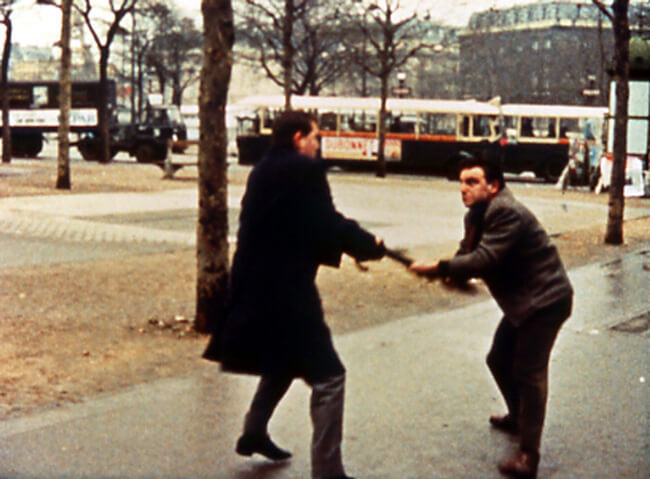
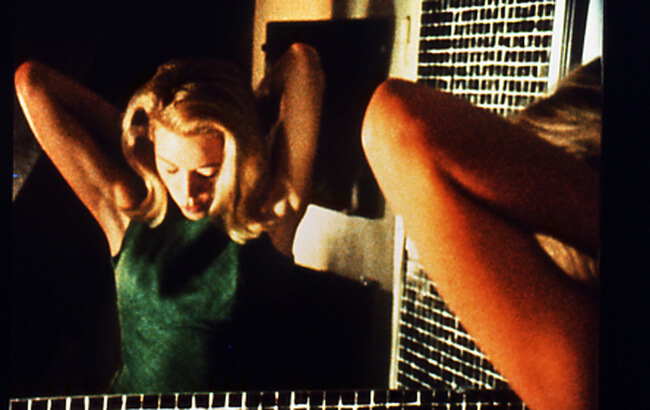
To offer a contrast to the realism of the French New Wave, we will also be screening Woody Allen’s Midnight in Paris, which depicts Paris as seen by an American who has long been enamoured by the French capital. For some people, the attraction of the city lies in its iconic monuments and fancy restaurants. For others, including Allen, it lies in the city’s romantic and cultural richness. With a sense of nostalgia but without falling for stereotypes, Allen provides us with a dreamlike vision, just as he did 40 years ago with The Purple Rose of Cairo.
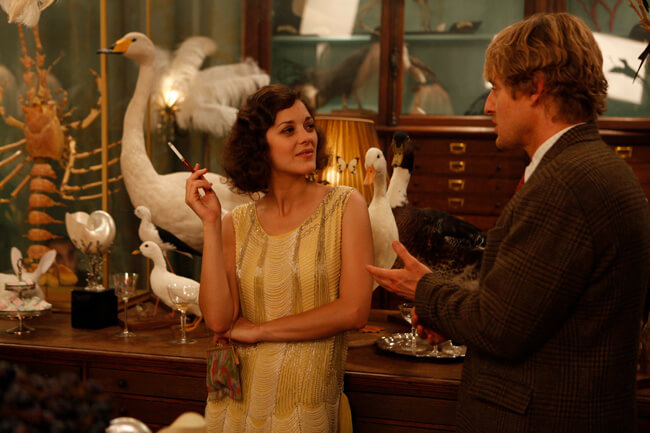
A treasure trove of revival theatres
The cinematograph was born in Paris in 1895. Since then, the city has served as the world’s cinematic capital. There are more cinemas here per capita than in any other city, and there is still a very active cineaste scene. During the avant-garde movement of the 1920s, lots of small cinemas opened to cater to the film societies organized by these cineastes. Following the war, the scene became even more active, thanks in part to the rise of film criticism and the activities of the Cinémathèque. This led to the opening of even more independent cinemas. They are designated as art et essai cinemas—that is, places that screen artistic movies—and get financial support from the city and national government for the preservation of cinematic diversity. That’s why, happily, there are still many small cinemas left in Paris.
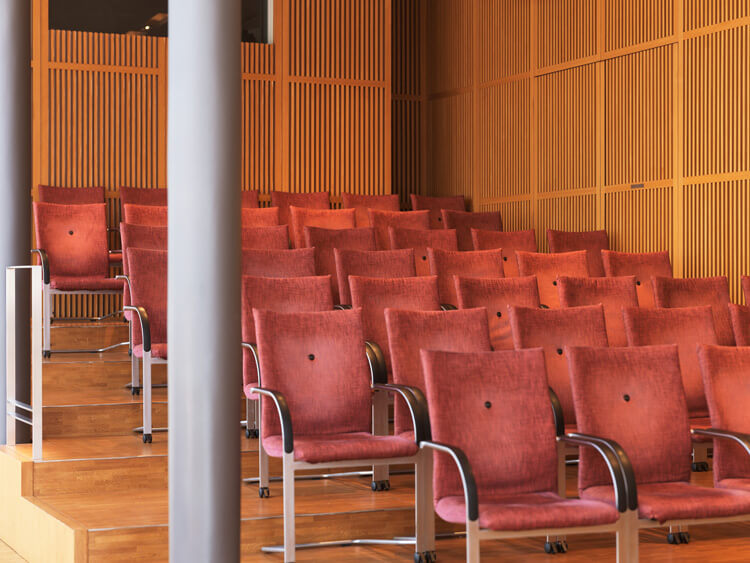

A small cinema in Ginza Maison Hermès
With a cinema on the 10th floor and an art gallery right below, this is the creative centre of Ginza Maison Hermès, a place where people can visit to find inspiration. In Europe, cinemas and galleries are usually located near the ground. But with Le Studio, you take an elevator and head high into the sky. It feels like the start of a journey and the promise of new discovery.
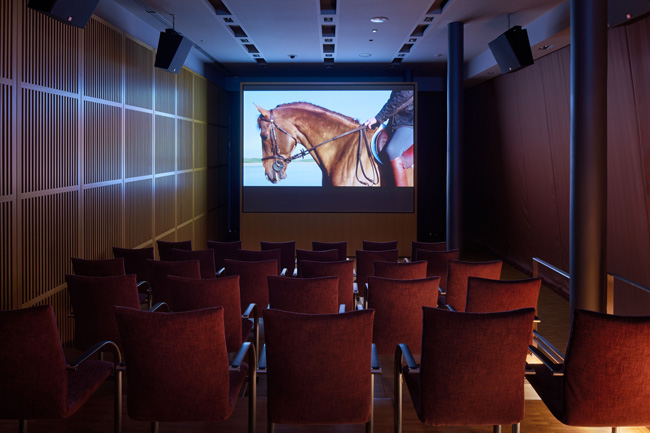
Japan and cinema
When I was a student, I watched every Akira Kurosawa movie from Ikiru to Dodes’ka-den. At the time, it was easy to watch Kurosawa movies in Paris—as well as films by Kenji Mizoguchi and Yasujiro Ozu. Recently, I discovered Kozaburo Yoshimura’s Night River, which takes place in a kimono shop. The way the characters work with silk in the movie made me think of Hermès. For Europeans who love architecture and design, Japanese films are always a pleasure to watch.
After one event at Le Studio in 2018, I travelled by train to Ome in the outskirts of Tokyo. The local cinemas had all closed down many years ago, but there was a billboard painter in town who continued painting movie posters of classic films. I saw these posters on billboards all over town during my visit. They featured these great Hollywood actors, painted in a way that makes them look very slightly Asian. I’ve heard that these billboards have all been taken down, but I still remember the sense of wonder I felt upon discovering these remnants of cinema history on the sides of completely ordinary buildings.
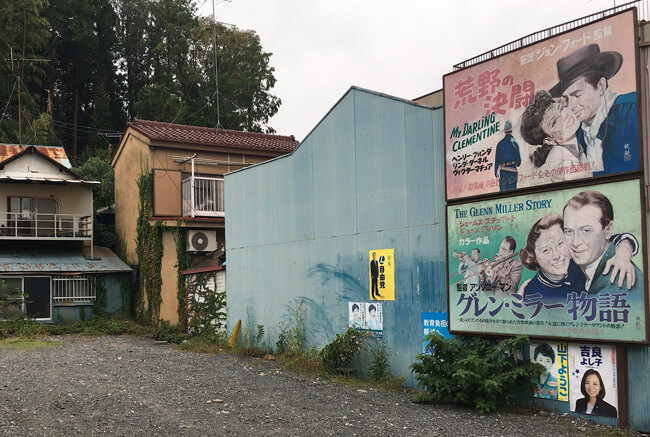
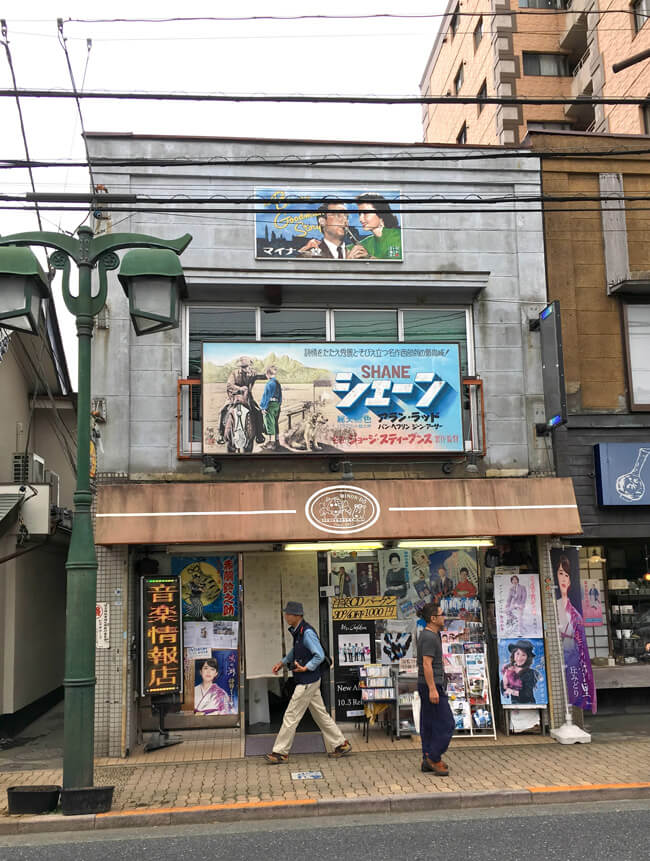

Reservations start at 11 a.m. on 4 October.
INFORMATION
Monday, 14 October 2024
11 a.m.
Film screening: Six in Paris (Original title: Paris vu par)
1965 | France | 97 m | Colour | Blu-ray screening
2 p.m.
Discussion led by Alexandre Tsékénis
In French, with Japanese interpretation | 75 m
5 p.m.
Film screening: Midnight in Paris
2011 | Spain / USA | 94 m | Colour | DCP screening
* Both films are subtitled in Japanese.
* Reservations required. Admission is free.
Location:
Le Studio, 10th Floor, Ginza Maison Hermès
5-4-1 Chuo-ku, Tokyo
03-3569-3300 (10 a.m. to 6 p.m.)
* The Hermès Ginza store will be open 11 a.m. to 7 p.m.
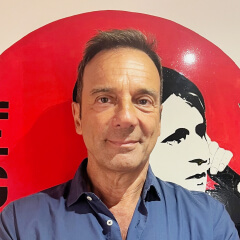
Alexandre Tsékénis
Program Director at Le Studio. Tsékénis, who is of Greek origin, was born in 1960 and currently lives in Paris. As an architect and stage designer, he has created sets for films and contemporary dance performances. He is also a film historian. Tsékénis has taught at La Fémis (the national film institute in Paris) and Sorbonne Nouvelle University and now is partner at Le Grand Action, an independent cinema in Paris.
OCTOBER


